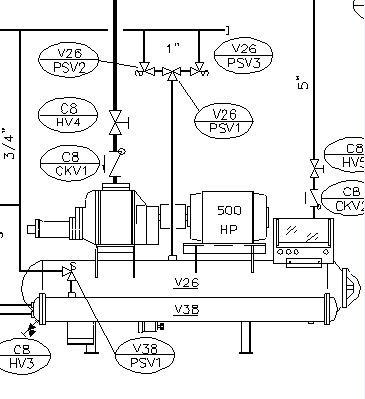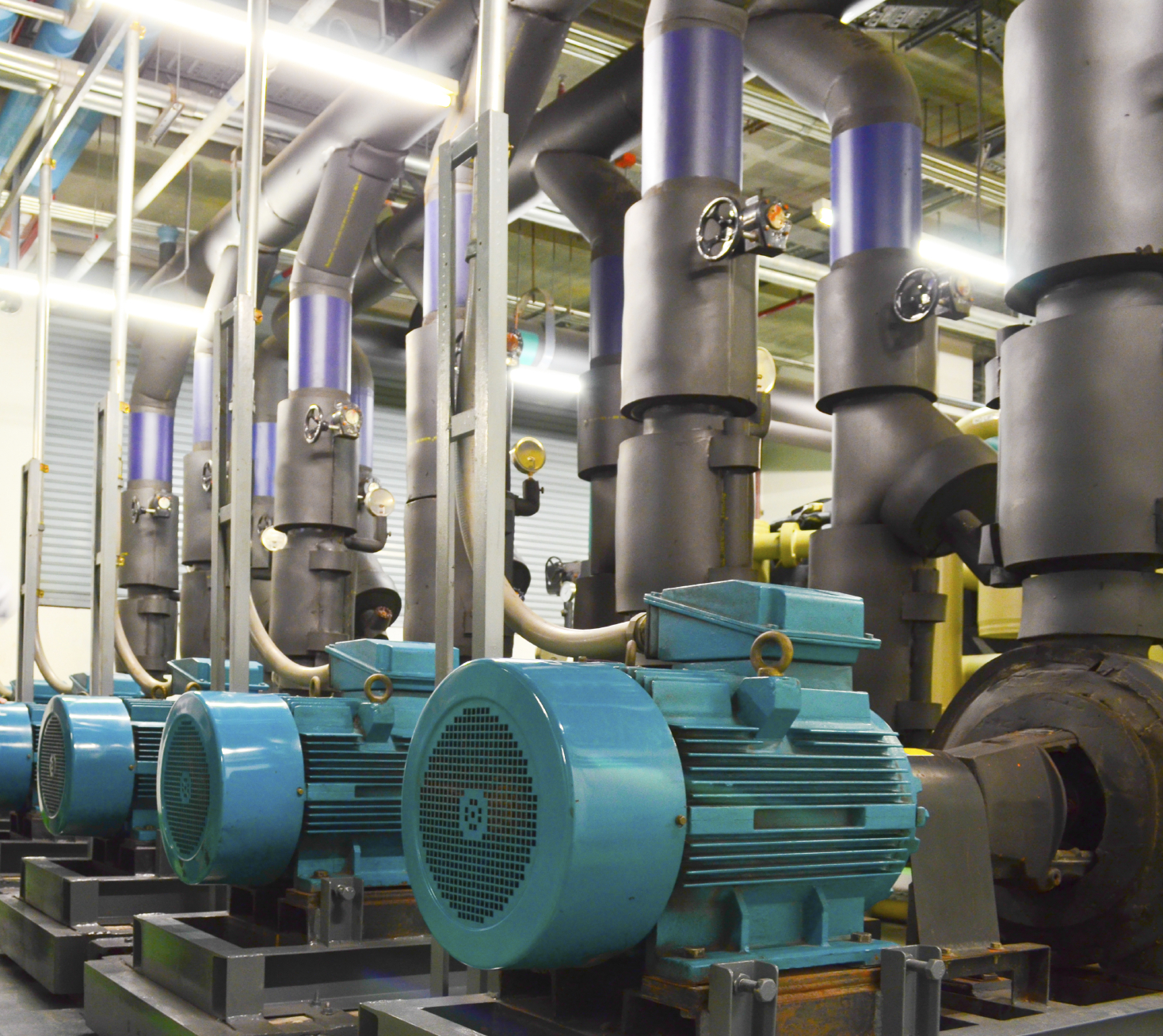Europe is Shaping the Industry in the Utilization of Natural Refrigerants
European countries are at the forefront of efforts to reduce the use of industrial refrigerants that harm the ozone layer and lead to global warming. The Montreal Protocol on Substances that Deplete the Ozone Layer, called for phasing out the use of Chlorofluorocarbons (CFCs) and other Ozone Depleting Substances (ODS) like Hydrochlorofluorocarbons (HCFCs).
Continue Reading “Europe is Shaping the Industry in the Utilization of Natural Refrigerants”








